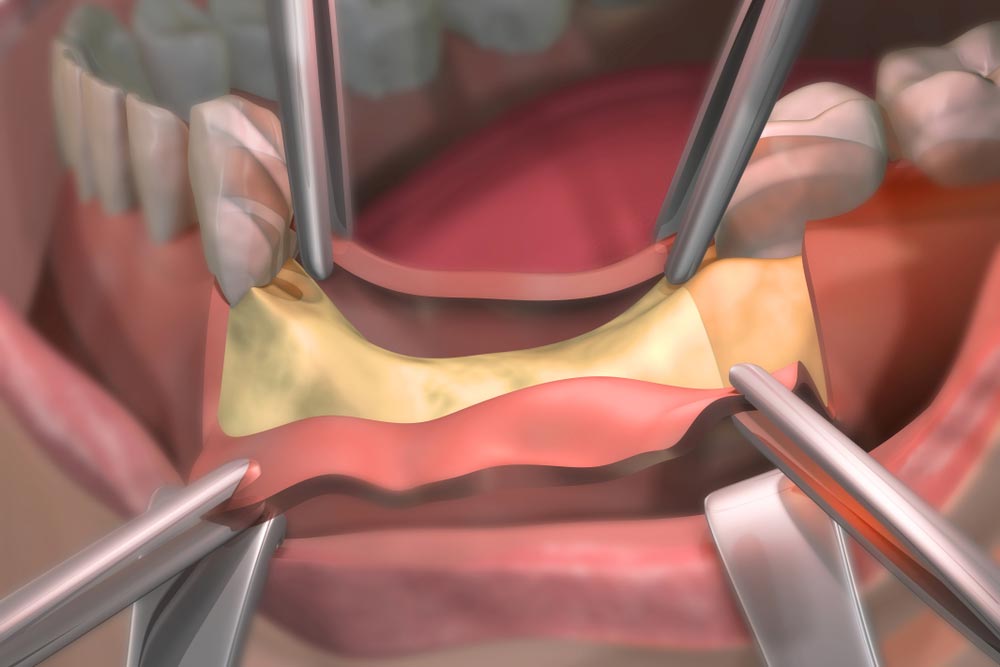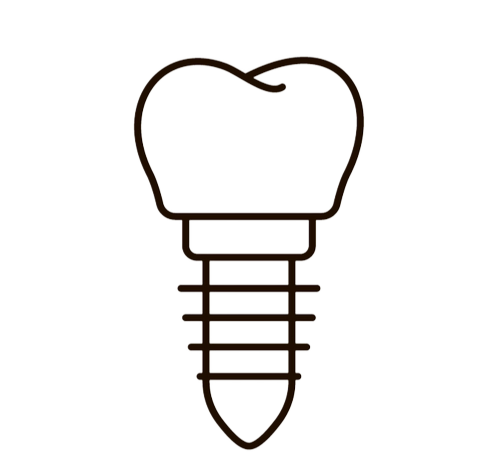Bone grafting – also known as ridge and sinus augmentation – is a procedure used to build up the bone beneath the surface of the gums. The bones in the upper and lower arch of the mouth are responsible for supporting the teeth. When one or more teeth fall out, bone resorption occurs naturally. When patients decide to replace missing teeth with dental implants, insufficient bone mass can prevent them from qualifying for the procedure. Bone grafting addresses inadequate bone mass by filling in eroded areas with bone harvested from the patient’s own body, or that of a cadaver or animal. The new bone helps promote new bone growth that will eventually support a dental implant.
Did you know…
that the majority of American adults over age 35 are missing, at least, one natural tooth? What’s more is that 1 in 4 seniors age 74 and older are missing all of their permanent teeth. Although dentures and bridges are a prosthetic option, they do not provide the same benefits available with dental implants. Implant dentistry prevents others from recognizing teeth as ‘false,’ and it also prevents the jawbone from disintegrating and any remaining natural teeth from shifting.
Frequently Asked Questions
Am I a candidate for sinus or ridge augmentation?
You may be a candidate for a sinus or ridge augmentation if you have been denied dental implants in the past due to inadequate supporting tissues. You may also qualify if your receded gum line is a source of insecurity or embarrassment. To find out more about sinus and ridge augmentations and whether you qualify, contact your dentist for a consultation today.
What should I expect during a sinus or ridge augmentation?
Ridge augmentations begin with the administration of a local anesthetic used to numb treatment areas and prevent pain. Graft material will then be placed into the tooth socket where the missing tooth once was. Your dentist will then pull surrounding gum tissue over the graft material and suture it shut. Sinus lift augmentations are similar, except your dentist will instead make an incision to expose the sinus floor and use hard graft materials to build up the sinus floor. The site will be sutured shut and allowed time to heal before additional treatments, such as a dental implant, are completed.







